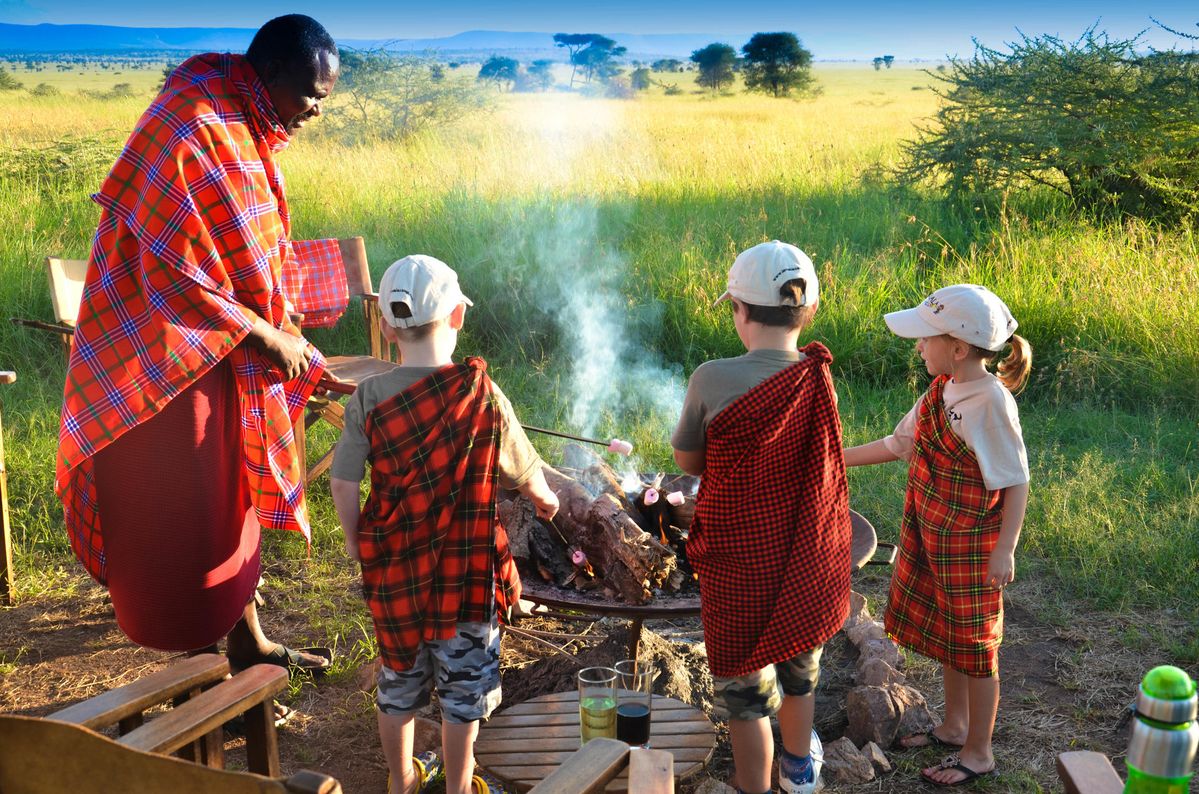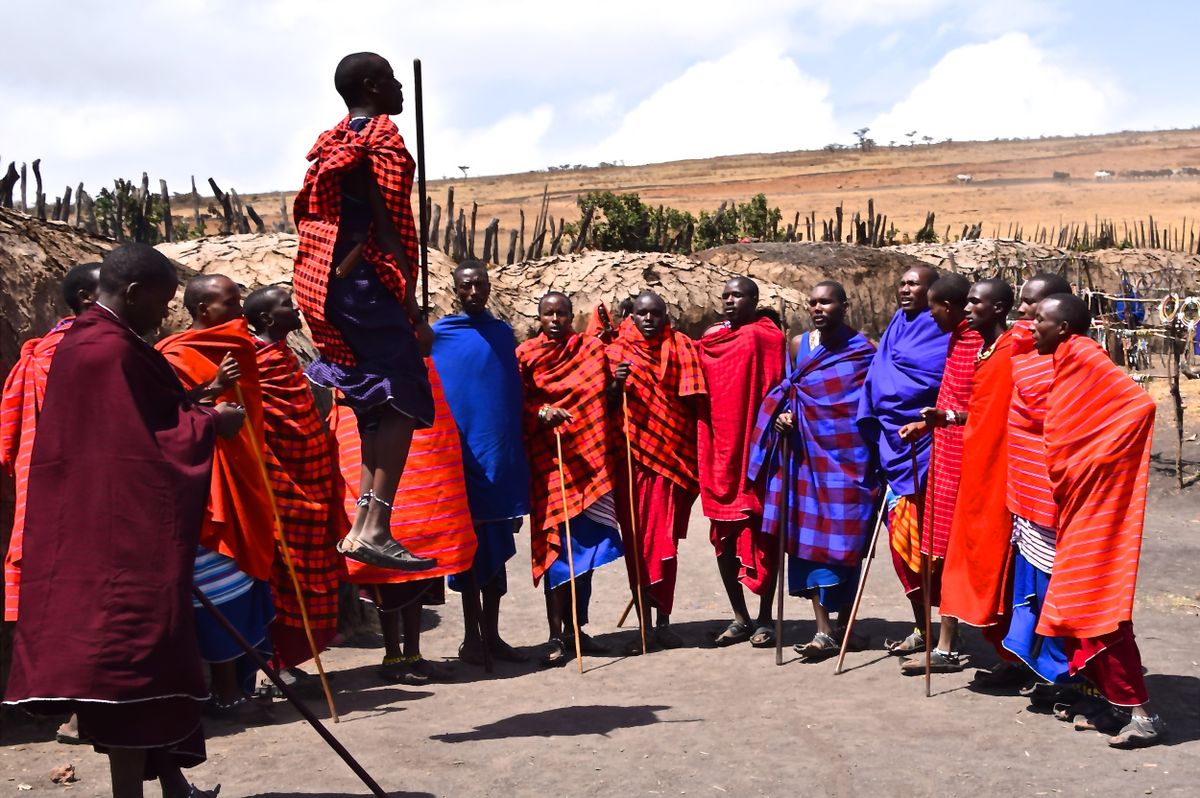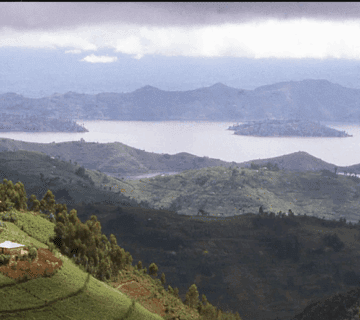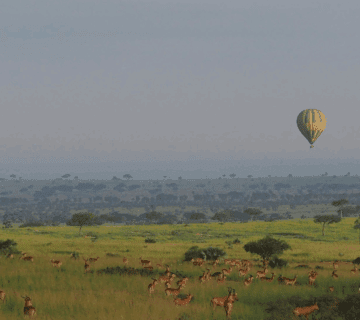Traveling to East Africa is an adventure of a lifetime, and while wildlife safaris and dramatic landscapes often headline the experience, few cultural encounters rival the depth and authenticity of visiting Maasai villages with your travel group. Whether you’re a group of friends, students, family members, or colleagues, the opportunity to engage with one of Africa’s most iconic indigenous communities adds a meaningful, human dimension to your journey.

This expert guide walks you through everything you need to know about visiting a Maasai village in Kenya or Tanzania, from cultural etiquette to activities, logistics, and the immense value such visits bring to both travelers and the host communities.
Who Are the Maasai?
The Maasai are a semi-nomadic ethnic group predominantly found in southern Kenya and northern Tanzania. With a population of over a million people, they are among the most recognizable indigenous groups in Africa. Known for their distinctive dress, beadwork, and strong adherence to tradition, the Maasai have resisted much of the pressure to modernize, preserving their customs and lifestyle despite the changing world around them.
Their villages, called “enkangs,” are typically composed of small, circular homes made from mud, sticks, and cow dung. Cattle hold a central place in Maasai culture; they are a symbol of wealth and are used in ceremonies, as a food source, and for social transactions like dowries.
Why Visit Maasai Villages With a Travel Group?
Visiting Maasai villages with your travel group allows for a richer, more interactive cultural exchange. The shared experience often deepens bonds between group members while promoting collective respect and understanding of another way of life.
- Shared Learning: Group discussions about the culture often deepen individual understanding.
- Interactive Activities: Participating in communal dances, bead-making workshops, or storytelling sessions becomes more fun and dynamic with a group.
- Economies of Scale: Group visits can reduce costs per person and increase the economic benefit to the community.
- Collective Impact: Supporting local artisans or education projects as a group amplifies the positive effects.
Planning the Visit: What You Need to Know
Proper planning ensures that your group visit is respectful, immersive, and beneficial to the host community.
Choose a Reputable Tour Operator
Opt for operators who have long-standing relationships with local communities and who practice ethical tourism. Ask whether the community receives a fair share of the visit fees and whether consent is ongoing and transparent.
Understand the Logistics
- Location: Common Maasai village visits occur near Maasai Mara (Kenya), Amboseli, or Ngorongoro (Tanzania).
- Duration: Visits can range from a few hours to overnight stays.
- Group Size: Smaller groups (under 20) often allow for a more intimate experience.
- Permission: Always ensure your visit is pre-arranged and welcomed by village elders.
What to Expect During Your Visit
Warm Welcomes
You’ll likely be greeted with traditional songs and dances—an energetic and colorful introduction to Maasai hospitality. Don’t be shy; joining in is part of the fun!
Guided Village Tours
A Maasai guide, often a young warrior or elder, will lead you through the enkang. Expect to learn about:
- Traditional homes (manyattas)
- Daily chores and roles of men, women, and children
- Medicinal plants and traditional healing
- Livestock management and cattle-centric culture
Cultural Workshops
Interactive activities are often arranged for travel groups:
- Beadwork: Learn how intricate bead jewelry is made and what the colors represent.
- Spear Throwing: Try your hand at this traditional skill.
- Cooking Demonstrations: Watch or help prepare traditional dishes.
- Storytelling Circles: Hear myths, proverbs, and oral histories from elders.
Local Markets and Artisan Sales
Many villages offer markets where you can buy beadwork, textiles, or carvings. Purchasing directly from the source supports local artisans and ensures you get authentic, handmade items.
Cultural Etiquette and Do’s & Don’ts
To ensure your visit is respectful, keep the following in mind:
Do:
- Ask for permission before taking photographs.
- Dress modestly: long skirts/pants, covered shoulders.
- Open-minded and avoid judgment.
- Engage respectfully—listen as much as you speak.
Don’t:
- Offer money to individuals or children.
- Wander off without your guide.
- Disrupt ceremonies or rituals.
- Treat the visit like a “human zoo”—this is a cultural exchange, not a spectacle.
Benefits of Visiting Maasai Villages
For Travelers
- Cultural Enrichment: Gain first-hand insight into a unique lifestyle.
- Perspective: The experience often prompts meaningful discussions and self-reflection.
- Memorable Interactions: These are moments that stay with you long after the trip ends.
For Host Communities
- Economic Empowerment: Tourism revenue supports schools, healthcare, and infrastructure.
- Cultural Preservation: Tourism encourages the younger generation to maintain traditions.
- Global Awareness: Promotes understanding and reduces stereotypes.
Overnight Stays and Immersive Programs
Some villages and organizations offer overnight stays or multi-day programs. These offer deeper engagement and are perfect for:
- School or university groups
- Cultural immersion programs
- Volunteer or service groups
Activities can include:
- Milking cows in the early morning
- Fetching water with local women
- Joining livestock grazing treks
- Sitting around fires to hear elders’ wisdom
Note: Conditions may be basic—think no hot water, pit latrines, and minimal electricity—but the experience is rich in cultural authenticity.
Combining Maasai Village Visits with Safaris
Many travelers combine visiting Maasai villages with their travel group with wildlife safaris. It’s a natural fit:
- Maasai Mara: Near many conservancies that are co-managed by Maasai communities.
- Amboseli: Combine elephant viewing with village visits for a well-rounded itinerary.
- Ngorongoro Crater: Cultural tourism projects are often part of the conservation model.
It enhances your trip by juxtaposing nature’s wonders with human cultural marvels.
Personal Stories from Past Visitors
Many group travelers share that visiting Maasai villages was the emotional highlight of their trip. Here’s a snippet from a university professor who led a group:
“My students learned more in one afternoon with the Maasai than in weeks of lectures. It shifted their understanding of sustainability, gender roles, and community resilience.”
Another traveler noted:
“Our kids loved the storytelling and dancing, and we came away with such a deeper appreciation of a culture we previously knew so little about.”
Visiting Maasai villages with your travel group is not just an excursion—it’s a chance to witness resilience, identity, and connection in one of the world’s most fascinating cultures. Done respectfully and ethically, it becomes a highlight of your East African adventure, enriching your group’s journey and positively impacting the host communities.
As you plan your next trip, make space for cultural encounters. The lessons and memories gained from Maasai hospitality will linger longer than any wildlife sighting or luxury lodge. It’s an experience of shared humanity that transcends borders.
So, gather your group, open your minds, and step into a world where traditions breathe and community thrives. The Maasai are ready to welcome you—not just as visitors, but as honored guests on a journey of mutual respect and learning. Book Now!



